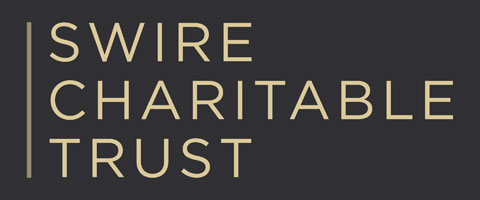Market issues: Many of the activities these basketry crafts were used for are no longer done. Where tasks are still carried out that formerly used basketry constructions, mass-produced products are employed instead. There was little demand for such objects, because they were functional, not decorative.
Awareness of the craft: Awareness had become low in the past. However, more people are now aware of the craft and are keen to preserve the heritage of straw basketry in Shetland and Orkney. Classes and straw groups are active and making again, which is encouraging.
Raw materials: Availability of material is an issue concerning the straw; grain cultivation has declined (especially in Shetland), and black oats have virtually disappeared. Farmers aren’t inclined to grow this crop, and prospective basketmakers cannot buy material: as in the past, a maker must be a grower. Eve Eunson and Sam Dennis are working to encourage the cultivation of black oats in Shetland to support a range of straw crafts including straw backed chair making, basket making and thatching.
Loss of skills: The last generation that made twined basketry through unbroken ethnographic tradition is now gone; the only people with knowledge have learned it through a tuition setting. The skills are readily transferable, and its positive that more people are now learning the tradition.






